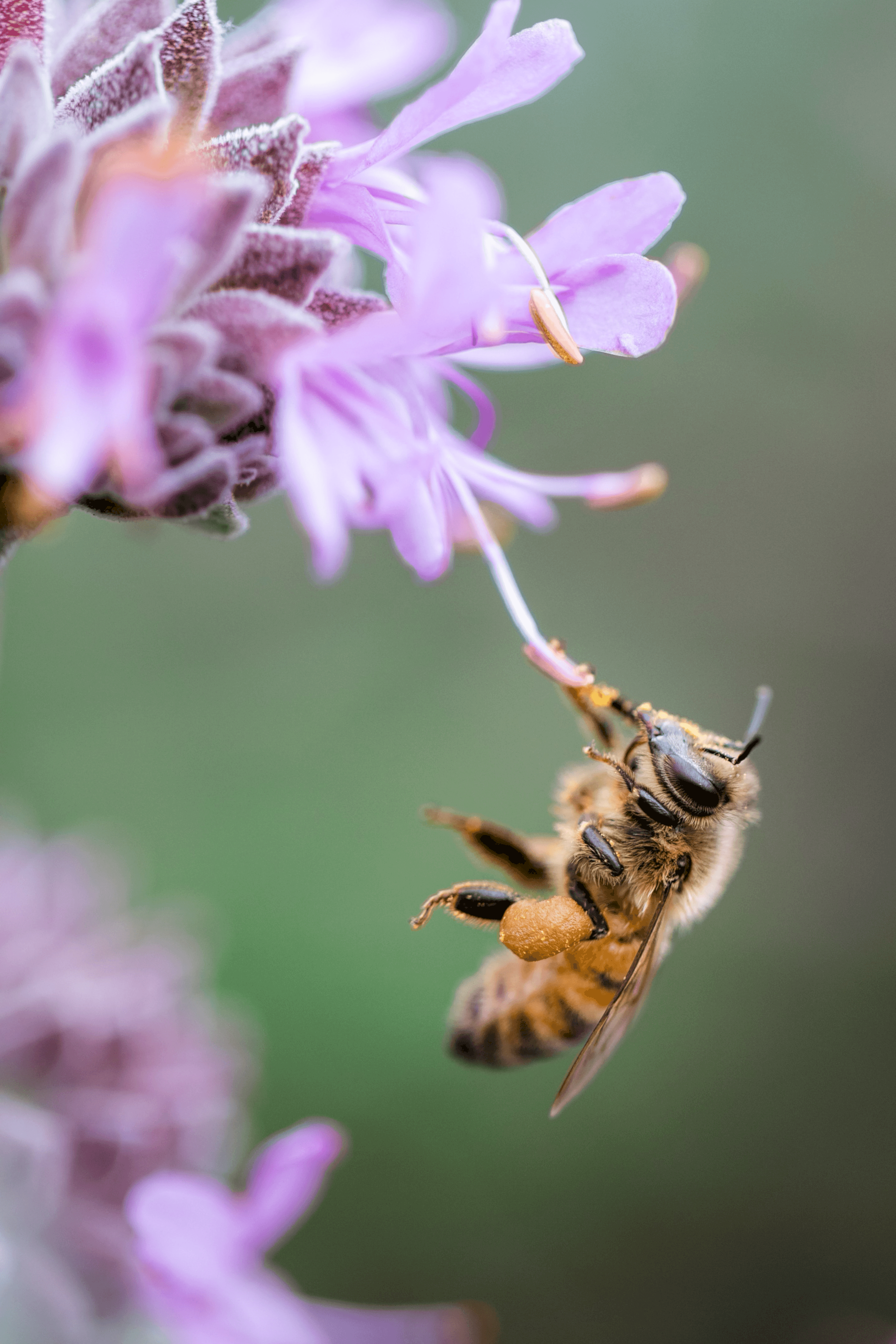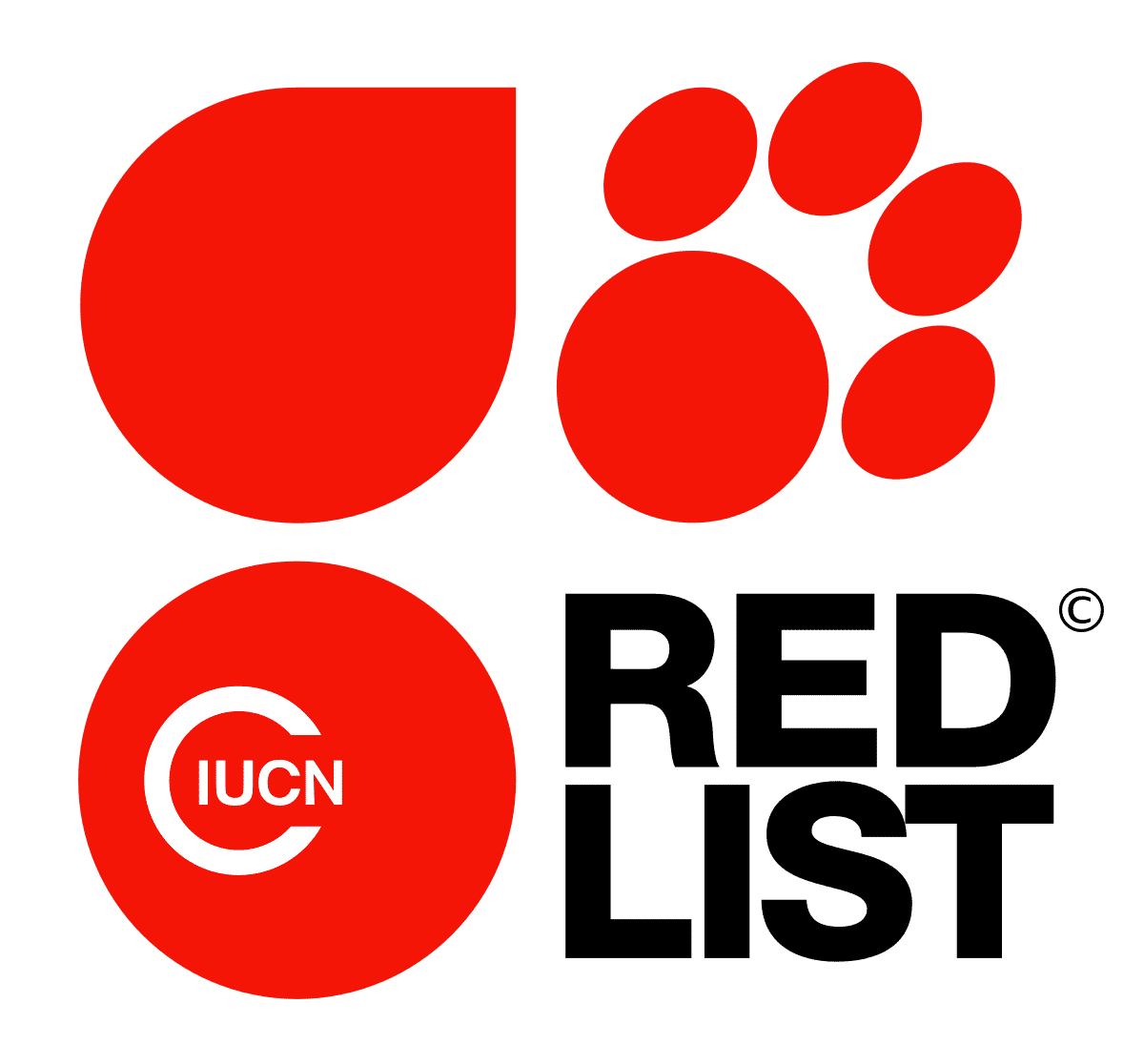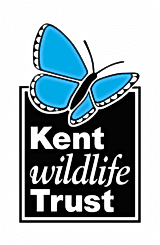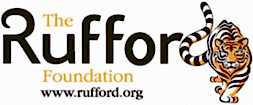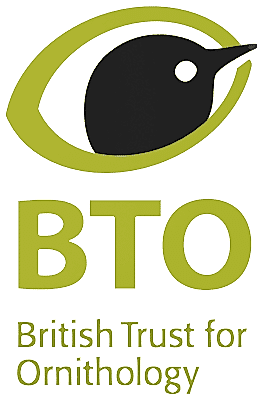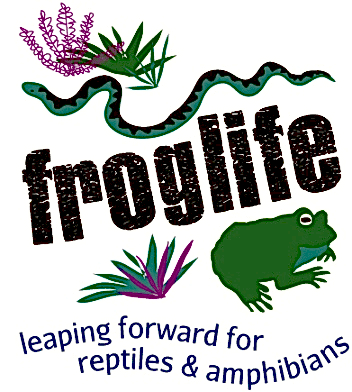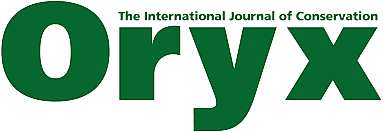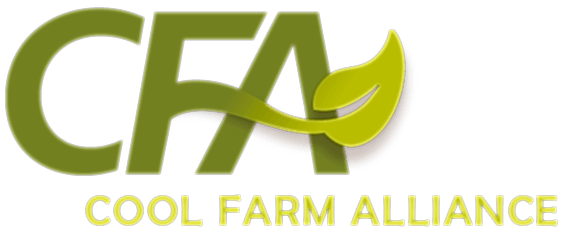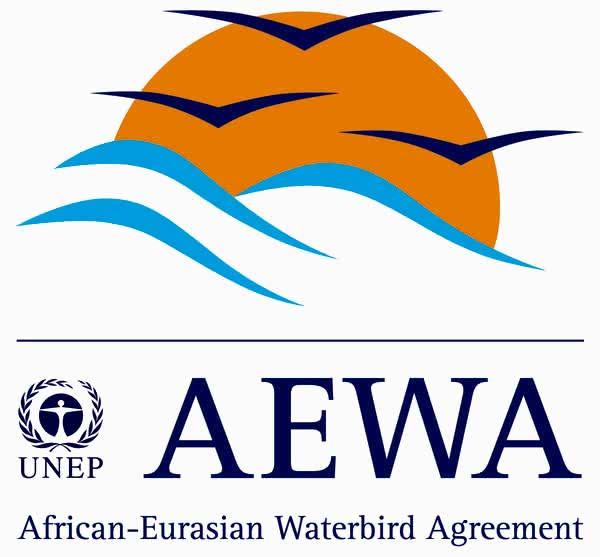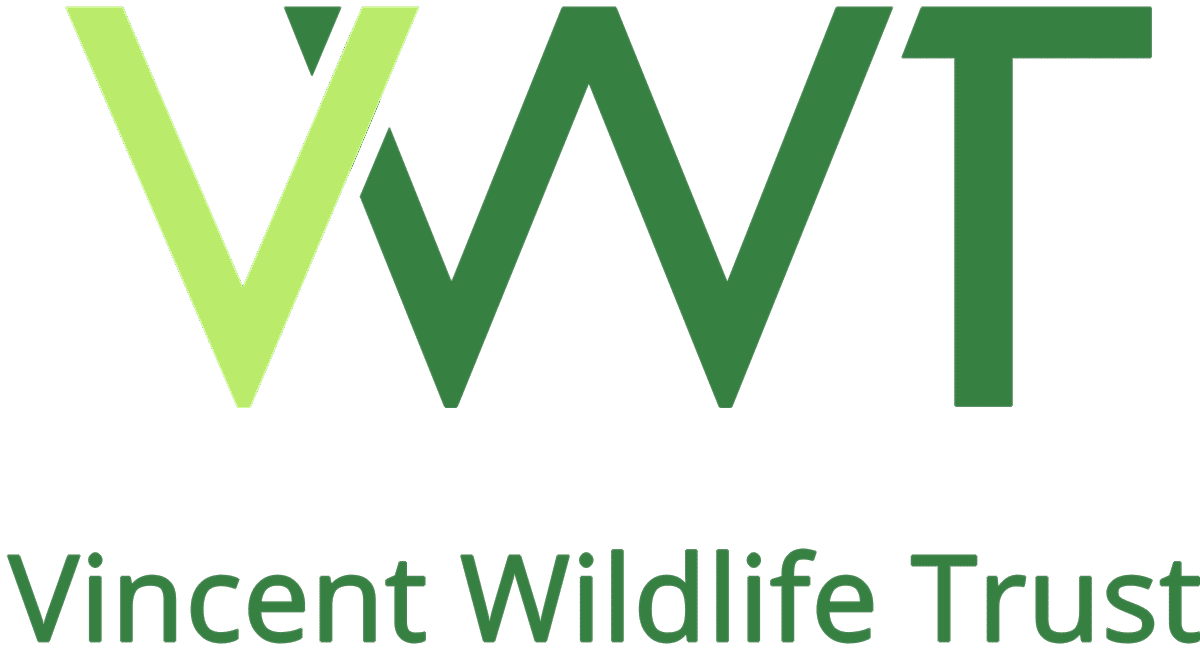Reprofile/relandscape peatland (before planting)
Overall effectiveness category Likely to be beneficial
Number of studies: 4
View assessment score
Hide assessment score
How is the evidence assessed?
Effectiveness
60%Certainty
40%Harms
5%
Study locations
Supporting evidence from individual studies
A replicated, paired, controlled, before-and-after study in 1995 in a historically mined raised bog in Quebec, Canada (Bugnon et al. 1997) found that reprofiling plots into depressions, before sowing Sphagnum-dominated vegetation fragments, increased the number of Sphagnum moss shoots present. After one growing season, reprofiled plots contained more Sphagnum shoots (469–629/m2) than raised plots (146/m2). Amongst reprofiled plots, those with slopes covered in plastic sheeting contained more Sphagnum shoots (629/m2) than those without sheeting (469/m2). In May 1995, nine 8 m2 plots (three blocks of three) were established on bare rewetted peat. Six plots (two plots/block) were situated at the base of excavated slopes (i.e. in the point of a 1 m deep “V”). Three plots (one plot/block) were on raised peat. Additionally, the reprofiled slopes above three plots were covered with plastic sheets. All plots were sown with vegetation fragments (mostly seven mixed Sphagnum species), freshly collected from the surface of nearby bogs, then mulched with straw. In October 1995, Sphagnum shoots were counted in 240 quadrats/plot, each 400 cm2 and placed systematically.
Study and other actions testedA replicated, controlled, before-and-after study in 1996–1999 in a historically mined bog in Quebec, Canada (Campeau et al. 2004) found that reprofiling plots into basins, before sowing Sphagnum moss, increased Sphagnum cover. After four growing seasons, basins contained greater cover of all three sown Sphagnum species (56–62%) than raised plots (8–23%). Reprofiling had no effect on vascular plant cover (5% in basins and raised plots). In spring 1996, four 8 x 12 m plots were reprofiled into basins by pushing 20–25 cm of peat into ridges around each plot. Four plots were not reprofiled (remained raised). In May 1996, freshly collected Sphagnum fragments were sown onto all eight bare peat plots. Equally sized areas of each plot were sown with rusty bog moss Sphagnum fuscum, Magellanic bog moss Sphagnum magellanicum or red bog moss Sphagnum rubellum. All plots were mulched with straw after sowing. In autumn 1999, vegetation cover was visually estimated in 72 quadrats, each 25 x 25 cm, across each plot.
Study and other actions testedA replicated, controlled, before-and-after study in 1996–1998 in a historically mined raised bog in Quebec, Canada (Campeau et al. 2004) found that reprofiling plots into basins, before sowing vegetation fragments, increased Sphagnum moss cover but had no effect on cover of other mosses or vascular plants. After three growing seasons, reprofiled plots had greater cover of both recorded Sphagnum species (41–52%) than raised plots (17–19%), but similar cover of other mosses (excavated: 2%; not excavated: 2%) and vascular plants (excavated: 4%; not excavated: 2%). In May 1996, freshly collected vegetation fragments were spread by hand onto 14 bare peat plots. Ten plots had been reprofiled into basins (4–20 m wide) bordered by peat ridges (30–60 cm high). Four 15 x 15 m plots were not reprofiled (remained raised). Vegetation fragments dominated by either rusty bog moss Sphagnum fuscum or red bog moss Sphagnum rubellum were sown in separate strips within each plot. All plots were mulched with straw after sowing. In autumn 1998, vegetation cover was visually estimated in 12–30 quadrats, each 25 x 25 cm, across each plot.
Study and other actions testedA controlled study in 2012–2014 in a historically mined bog in Estonia (Karofeld et al. 2016) found that reprofiling peat before sowing vegetation fragments did not significantly affect vegetation cover, with the exception of some Sphagnum moss species. After 1–2 years, plots with and without reprofiling had similar cover of vascular plants (23 vs 24%), total bryophytes (57 vs 50%) and Sphagnum moss (54 vs 47%; not statistically tested). However, the reprofiled plot had significantly greater cover of rusty bog moss Sphagnum fuscum (31 vs 21%) and significantly less cover of red bog moss Sphagnum rubellum (11 vs 17%). Sheathed cottongrass Eriophorum vaginatum and sedge Carex sp. were present at low cover (<1%) in both plots. In spring 2012, one of two adjacent bare peat plots was reprofiled (top 20 cm of peat pushed into ridges around the plot). Both plots were rewetted (drainage ditch blocked), sown with vegetation fragments from a nearby bog and mulched with straw. In June and September 2013 and 2014, vegetation cover was estimated in ten 50 x 50 cm quadrats/plot.
Study and other actions tested
Where has this evidence come from?
List of journals searched by synopsis
All the journals searched for all synopses
This Action forms part of the Action Synopsis:
Peatland Conservation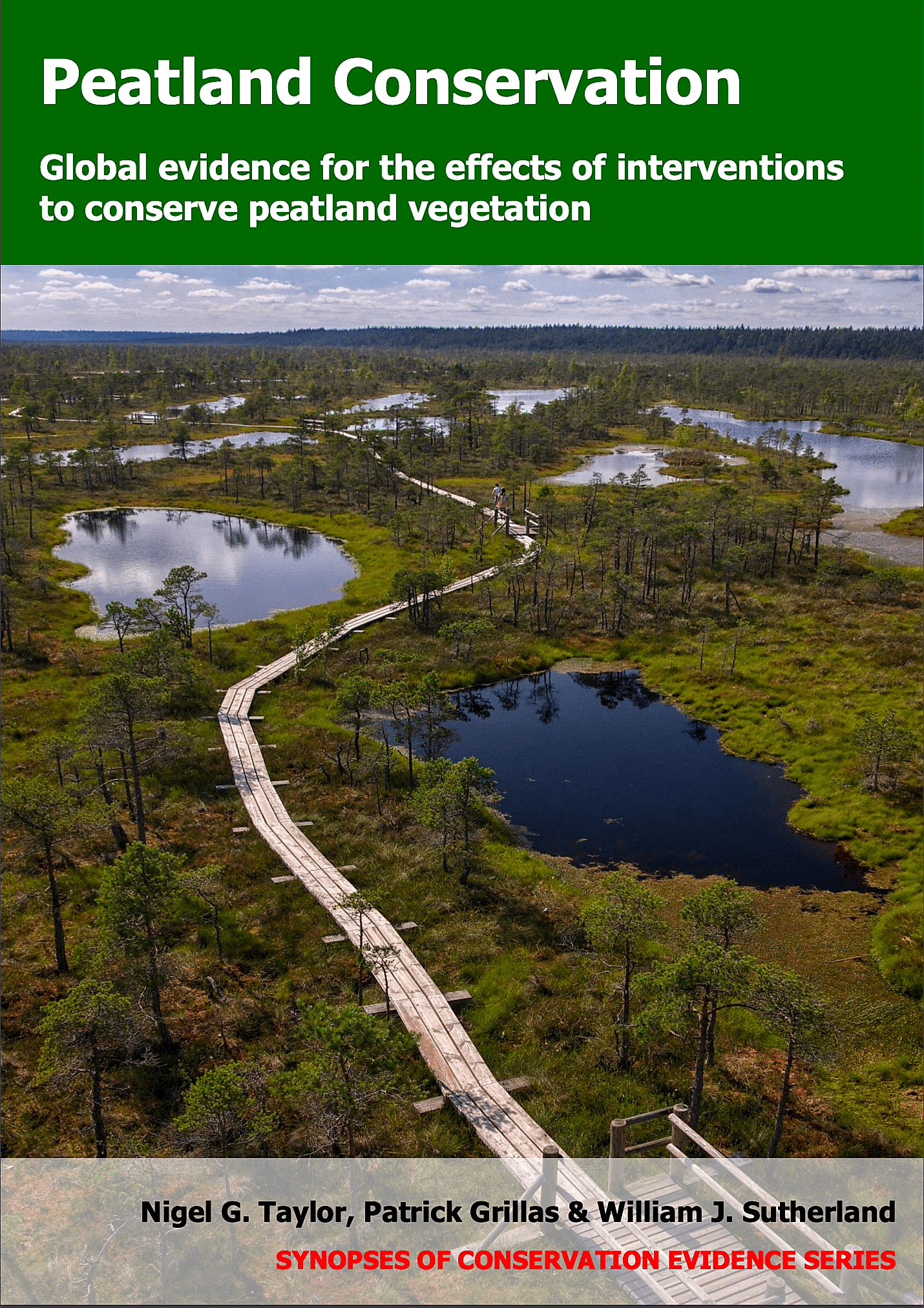
Peatland Conservation - Published 2018
Peatland Conservation


